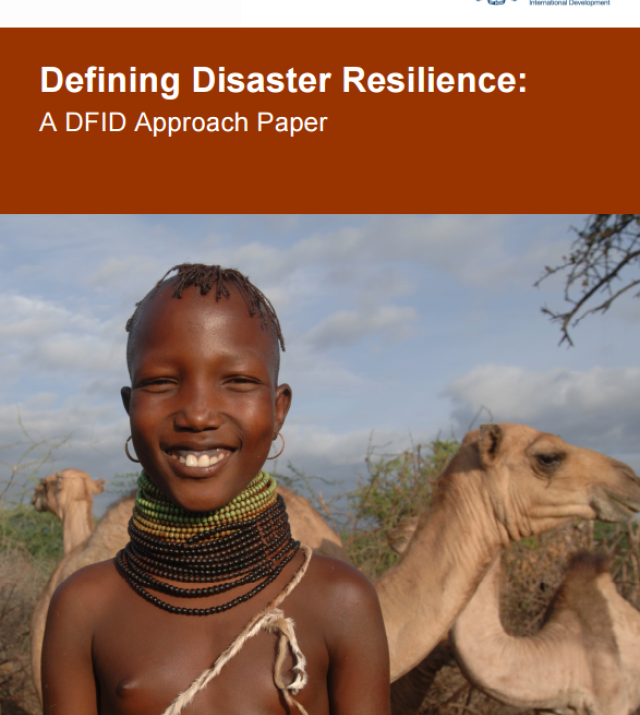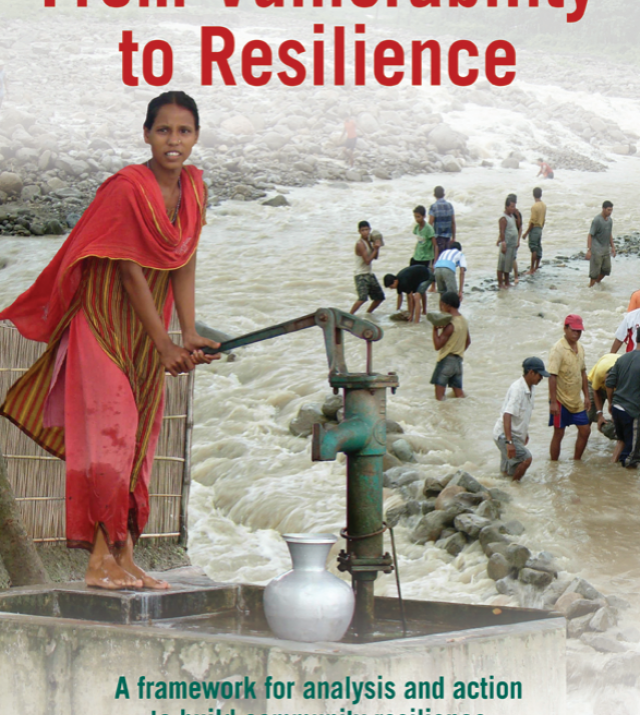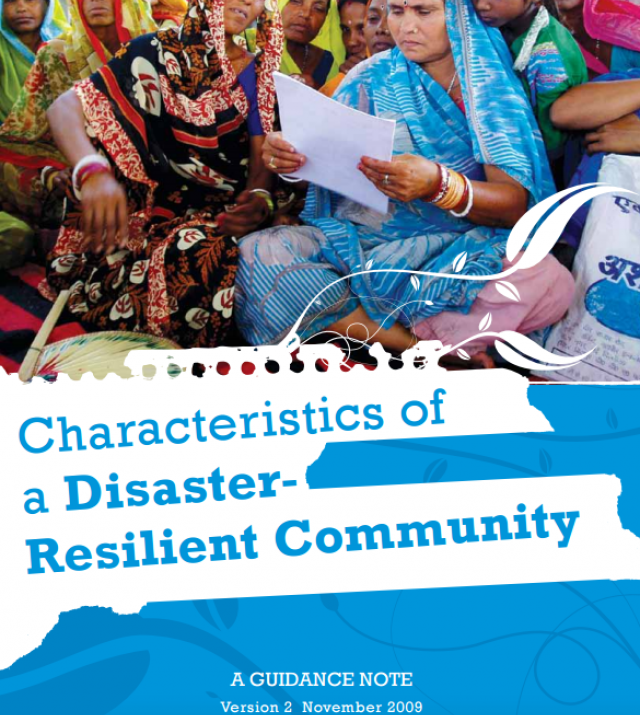
Reducing the Risk of Disasters: Helping to Achieve Sustainable Poverty Reduction in a Vulnerable World

This paper summarises DFID’s policy on disaster risk reduction as it applies to natural and technological disasters. It sets out the key elements of disaster risk reduction and why it is important.The paper’s aim is to provide guidance to DFID staff. It will also inform other UK Government departments and development partners.
This agenda is more relevant to some countries than others.The policy is for DFID offices where disaster risk poses a threat to sustainable development. It also relates to how DFID works at the regional level and within the international system.
This is not a wholly new approach. It reflects the increasing priority DFID and the rest of the UK Government accords to risk management. It also builds on DFID work including in disaster response, livelihoods, food security and social protection. More needs to be done to address disaster risk.There are concrete ways in which DFID can better contribute.
There are no internationally agreed minimum criteria for an event to be classified as a disaster.This is due to the variable manner in which physical hazards and other shocks impact on populations and economies. DFID characterises a disaster as including: (a) death toll; (b) population affected (through injury, homelessness, loss of livelihoods); (c) economic impact; and (d) overwhelmed coping capacity (of governments and populations in the area affected).

